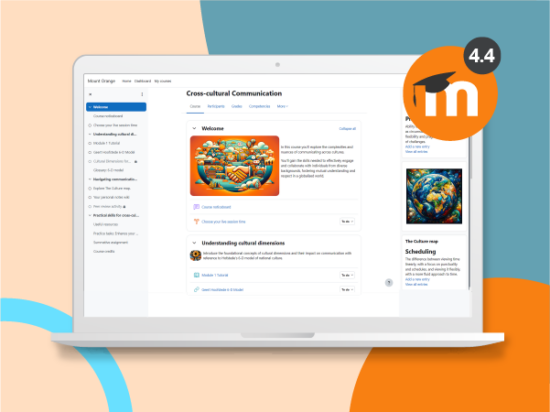Branching videos put your user in the driving seat and let them steer through your content in their own way. Used well, they can not only improve learner engagement — they can also improve knowledge retention.
So what are they? Well, branching scenarios combine design techniques like gamification, experiential learning and storytelling to make content more immersive. It is a less passive way to learn. As learners are prompted to make decisions throughout the learning, they have to engage. Just like playing a game.
Branching scenarios add interactions to give learners choices: putting them in control. By showing the outcome of the decisions made, in a dynamic way, learners can receive real-time, realistic feedback that helps them understand the impact of the choices they make.
Usually, learners are faced with a lot of text and the occasional image which can be quite mundane. Branching scenarios are the opposite; they’re a way to really immerse your learners into the content.
When to use branching scenarios
The approach is applicable to many different areas: from sales and customer support, through to emergency services, management training and healthcare. And although not limited to these use cases – one convenient shorthand is to think about where real-life role-play or simulation exercises are used. These tend to map across to branching scenarios very easily.
A textbook can’t give someone ten seconds to decide on a lifesaving medical intervention. A classroom lecture can’t recreate the pressures of a hostage situation. These different experiences can now be replicated much more closely in a risk-free environment.
There are myriad examples in which learning can be made more immediate using branching scenarios. More recently, the advent of virtual reality branching scenarios has taken interactive video for learning to new levels.
Moodle users, St John Ambulance, used certified integration platform Near-Life™ to create an interactive, branching scenario to give the public the skills and confidence to deal with an emergency. You can try a public-facing version of the scenario here.
Getting started
Before you start to think about building your branching videos, it’s a good idea to understand your learning objectives — that way you can map these across in a clear way to your scenario design.
The next step would be to storyboard – particularly handy if you have a number of stakeholders you need to engage with the design. Near-Life, for example, can help you share a playable game map before you begin the actual content creation.
To be able to illustrate the structure and the choices in a clear way helps save time and effort with content production – whether that’s 2D video with actors, animation created with a tool like Vyond, Canva or Powerpoint slides or even VR.
How you create your media is obviously dependent on your priorities — are you emphasising realism? In which case filmed sequences with actors might be preferable. Or is time and cost a significant factor? If so, the above-mentioned design tools can still deliver engaging, interactive experiences, but in a more streamlined way.
Publish, share and track interactions and choices
If you’ve built your branching scenario with Moodle Certified Integration Partner Near-Life, sharing is easy.
You simply publish your scenario to receive an LTI link that you can embed in your Moodle LMS. And in addition to the standard metrics, another benefit of branching videos is the amount that you can learn from each use. It is possible to track every interaction, to get real-time, genuine insights into how your content is being used and what people are responding to.
This invaluable data won’t only help you measure the impact of your learning more clearly, it will help you improve each new scenario you create.
A better way to learn
In short, branching scenarios provide a more immersive way to drive behaviour change. Above all, learners can practise and fail in a safe environment where both engagement and knowledge retention will improve.
To see the benefits of branching scenarios, you can easily create your own with Moodle Certified Integration Partner Near-Life™ CREATOR. Why not Get started with a free trial today?




